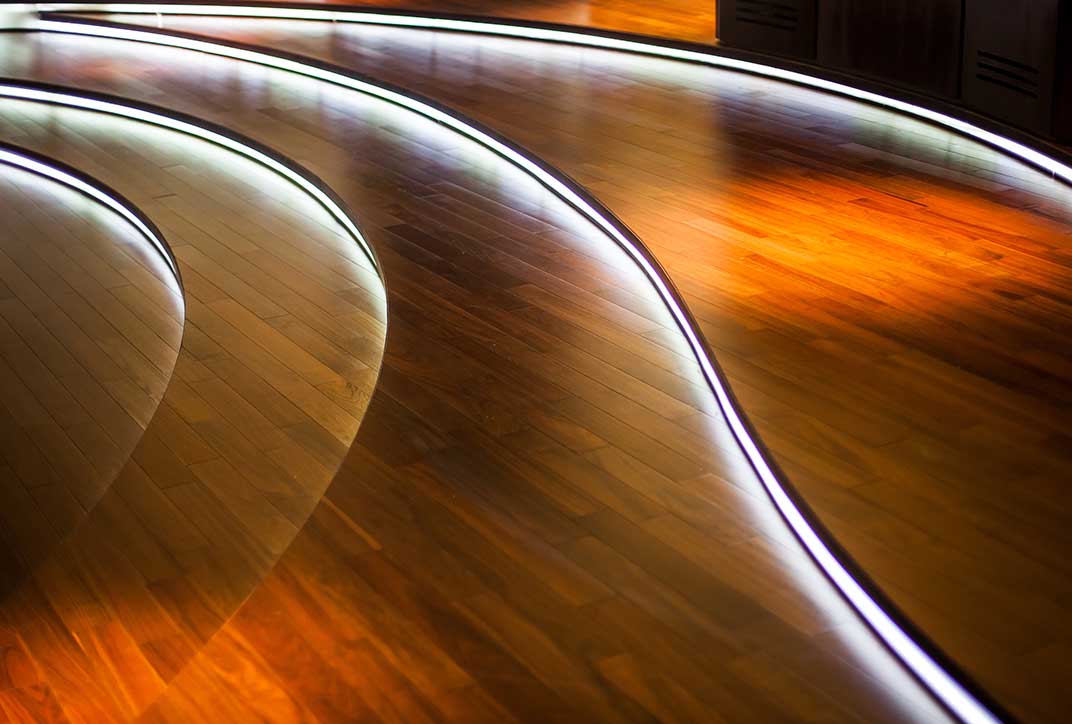 Contact
Contact
Do you have any questions,
need technical support or
would like to place an order?
Order form
Kuraray Europe GmbH Products & Solutions Industry Solutions Architecture & Construction
 Contact
Contact
Do you have any questions,
need technical support or
would like to place an order?
New buildings take up tradition and also respond to trends reflecting changes in society, people's rising expectations and modern living standards. Striking, flexible and energy-efficient are key trends in contemporary construction and lifestyles. Kuraray makes sure it keeps up with such trends and offers an extensive portfolio off products which can be used to create architectural highlights.
Watch our Video:
“Kuraray products for architecture & construction”

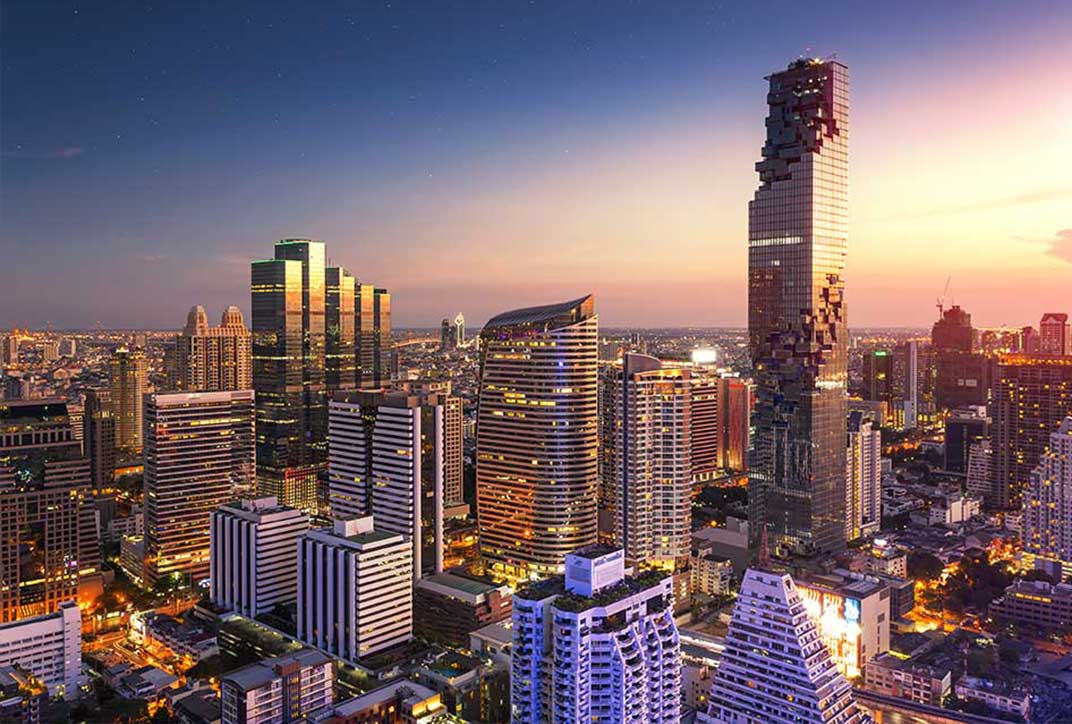
Laminated safety glass has become a vital ingredient in architecture and automotive engineering. Two or more sheets of glass are bonded by interlayers to create safety glass, sound insulation and glazing that meets fire prevention standards. The Advanced Interlayer Solutions Division is part of the Kuraray Group. As a world leader in polyvinylbutyral (PVB) and ionoplast interlayers for laminated safety glass for architectural and automotive applications, its interlayers are synonymous with quality and durability. PVB and ionoplast have high tensile strength and ensure good bonding of glass splinters. That makes glazing tougher and reduces the risk of people being hurt if it is damaged. Our PVB films are marketed as Trosifol® PVB interlayers. Our ionoplast interlayers are marketed as SentryGlas® ionoplast interlayers. We supply a wide range of products to meet different specifications for safety, security, sound insulation, UV protection, bird-friendly applications and design. Trosifol® UltraClear films have the lowest yellowness index (YID) in the industry.
Learn more about our applications and products:
Applications & Products What is laminated safety glass? Listen to our Podcasts
KURALON™ is a manmade fiber produced from polyvinyl alcohol (PVOH). KURALON™, PVOH fibers and KURALON™ K-II produced by Kuraray are used to reinforce plastics, cement and concrete because of their high tensile strength. High-performance engineered cementitious composites (ECC) can also be produced without difficulty with KURALON K-II.
Read more:
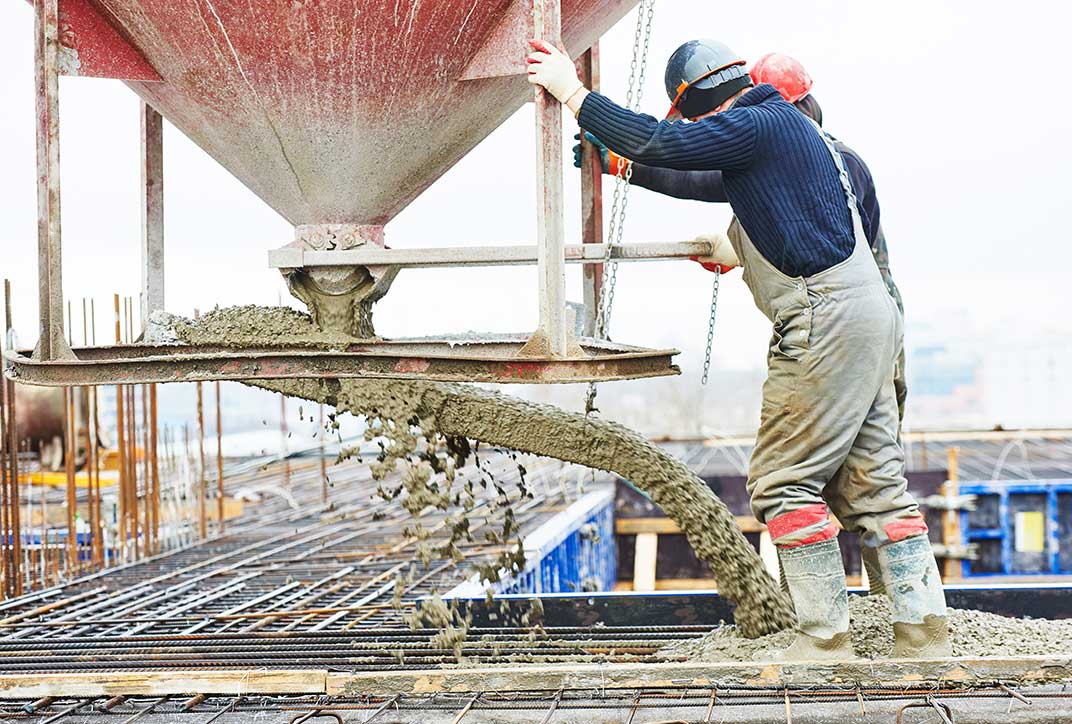
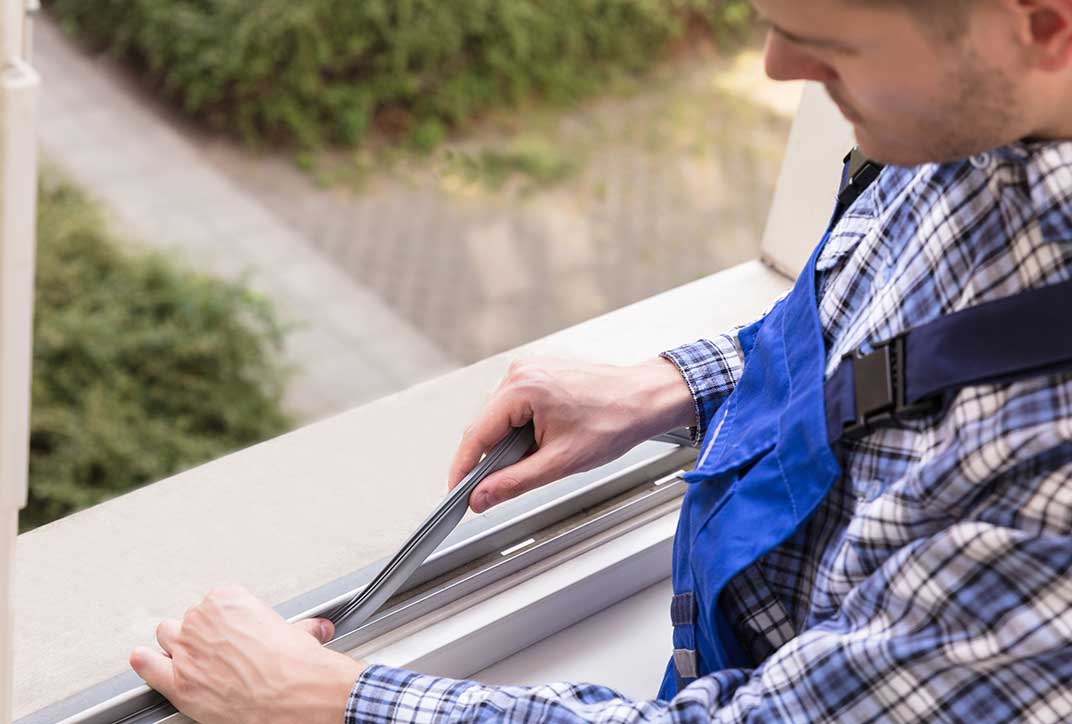
Architects and builders set high standards for sealants for window and door profiles. They need to combine high tensile strength and elasticity with exceptionally high weather resistance. Kuraray markets sealants made with SEPTON™ elastomers that meet these high specifications. They are elastic, tear resistant and weather resistant. And thanks to their thermoplastic properties they are readily recyclable.
More details:
Over time, any oxygen that gets into plastic pipes in heating systems causes corrosion of radiators and other metal components. A co-extruded EVAL™ EVOH layer in underfloor heating pipes prevents oxygen permeating the pipes and dissolving in the circulating water. That reduces corrosion of metal parts in the heating system and significantly increases their service life.
Learn more:
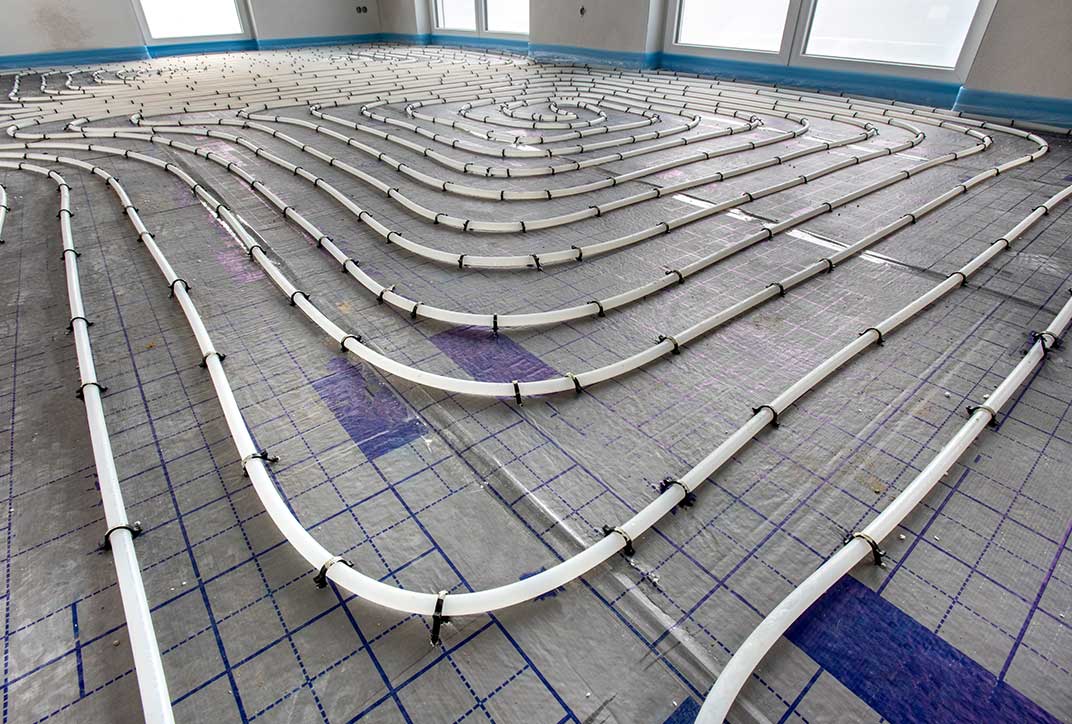
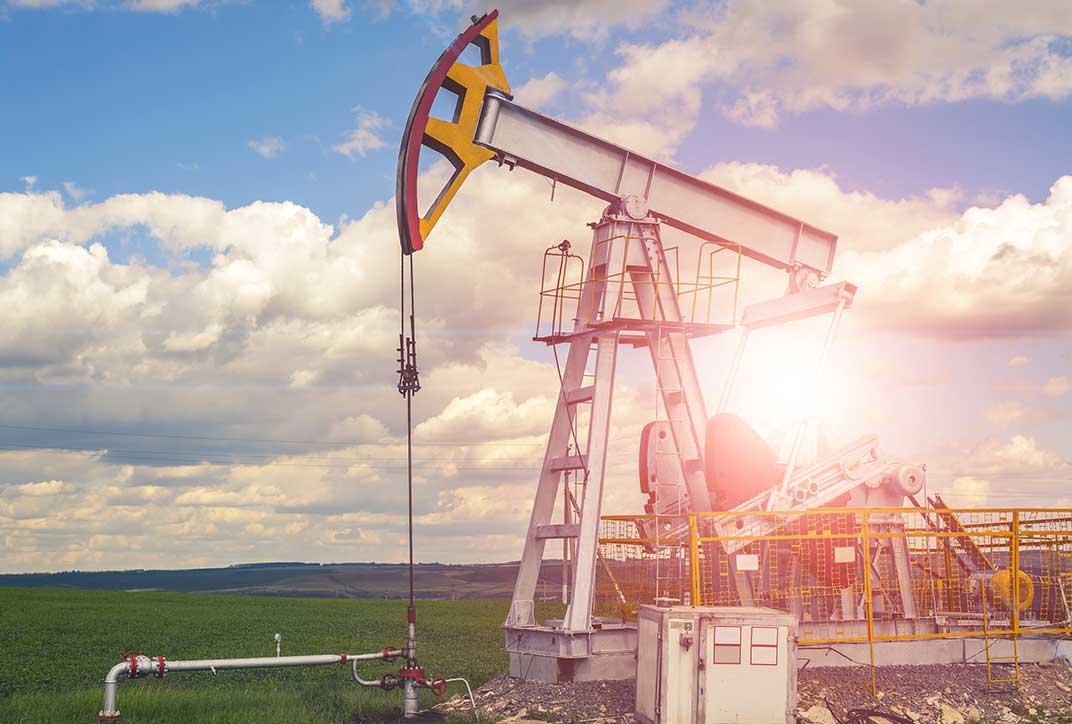
KURARAY POVAL™ polyvinyl alcohols fluid loss additives prevent losses: PVOH resin is a fluid-loss additive with excellent bonding properties for use in cement for oil wells. It does not retard the setting of the cement and helps reduce costs. KURARAY POVAL™ can also be used in joint sealants, plasterboard, tile adhesives and polymeric sand.
Read more:
EVAL™ EVOH resin is used in personal and environmental protection applications such as geomembranes. Conventional secondary landfill liners made of polyethylene have excellent mechanical properties and therefore act as a barrier to heavy metals, but in combination with EVAL™ they can do far more. Incorporating EVAL™ into the primary or secondary liner improves its ability to act as a barrier to gases, organic solvents and other volatile organic compounds. As a barrier to organic solvents, which are typically found in leachate, EVAL™ can prevent soil and water contamination.
In radon membranes, an EVAL™ layer reduces gas permeability compared with aluminum and single-layer structures. EVOH barriers, which are already commonly used in Europe, greatly reduces radon infiltration.
More details:
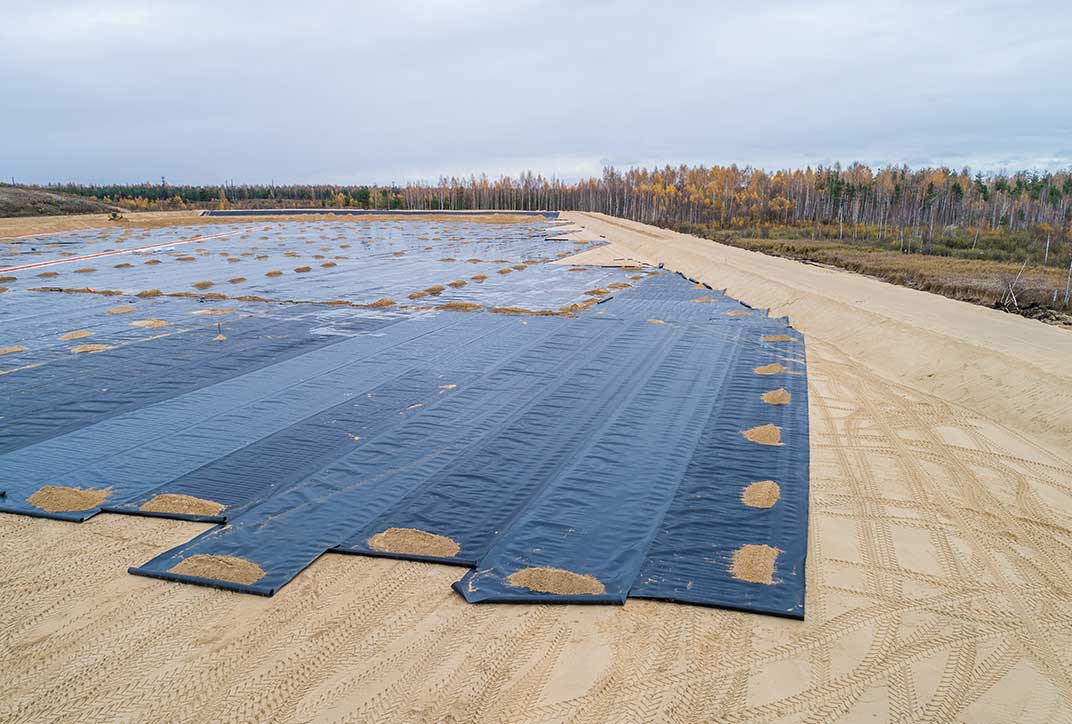
Our innovative micropatterned film allows the creation of stunning lighting concepts. A variety of effects can be achieved by positioning the film in front of an LED as it refracts, reflects, scatters or diffracts the light, depending the micropattern used. And the color of LED light housings and reflectors made from GENESTAR™ PA9T & PA9C heat-resistant polyamide resin hardly changes as a result of heat and UV radiation resistance during the lifetime of the LED light source.
More information:
